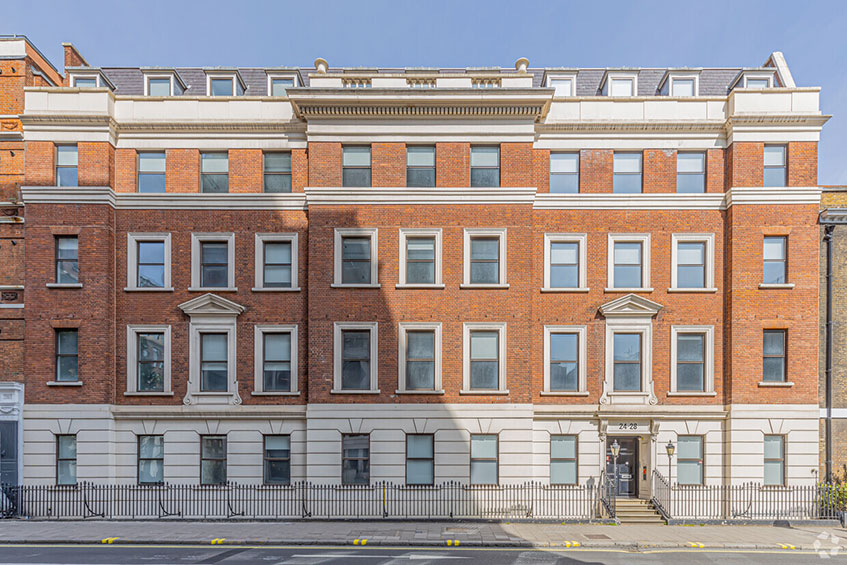COMMENT As a lender, we have a key role to play in the transition to a low-carbon economy and a more sustainable built environment. By supporting property owners to upgrade, retrofit or repurpose their buildings, we can help them reduce their carbon emissions, comply with green regulations and avoid the risk of obsolescence.
The built environment accounts for around 40% of global carbon emissions (with construction accounting for 15% and operational assets 25%), and is therefore a key sector for achieving net-zero targets by 2050 or sooner. In addition, the growing demand for green buildings is expected to account for more than half of the global construction market by 2030, according to the World Green Building Council.
Many existing buildings are energy-inefficient and require significant upgrades or retrofitting to meet the standards of the Energy Performance of Buildings Directive in Europe, or the Energy Performance Certificate scheme in the UK. The costs of the necessary upgrades vary greatly and, as a consequence, some buildings will be “stranded” or beyond an economic use. However, many will be capable of long-term beneficial use with a make-do-and-mend mindset.
“No one-size-fits-all solution”
In response, we are taking a staged approach. The first step was to conduct an EPC audit across the whole of our residential and commercial portfolio. This has highlighted those buildings or portfolios where there is a need to implement a brown-to-green strategy.
We are now working closely with these clients to fund their transition programmes, with the aim of delivering both sustainable but also in-demand assets. There isn’t a one-size-fits-all solution. Instead each asset has its unique set of criteria and the need for a bespoke business plan and supporting funding.
An example of this strategy in action is Pennine Five in Sheffield. Formerly a vacant 1970s office building earmarked to be demolished and replaced, we have funded RBH Properties’ significant transformation of the asset into a high-quality regional office scheme. A report commissioned by RBH estimated that the retention of the concrete and steel superstructure has avoided an estimated 175,000 tonnes of CO2 emissions, equivalent to more than 9.5% of Sheffield’s annual emissions. For comparison, it would have taken some 500 years of operation for an EPC A-equivalent new-build to offset its embodied carbon through reduced energy usage. Additionally, this approach has avoided the release of 8,500 tonnes of methane and 250 tonnes of toxic nitrous oxides.
Key criteria
Over recent years the property industry has become very alive to environmental and social considerations. For example, 88% of respondents in our recently undertaken private client survey agreed the EPC rating of a property is a key investment criteria. And 80% believe that Minimum Energy Efficiency Standards regulation should be a political priority.
As well as challenging business plan assertions, all new loans and refinancings, we originate required up-to-date EPC certificates, where necessary, and a business plan to make assets EPC-compliant. The energy performance of a building has now become a mainstream credit criteria when assessing the underwrite.
Sustainability-led obsolescence is today’s defining challenge for the real estate sector. According to a recent Deloitte survey, estimates are that close to 76% of the office supply in Europe could face obsolescence by the end of the decade if it is not upgraded. As lenders, we have an ethical, financial and legal imperative to support the transition of the built environment.
William Scoular is director at Investec Real Estate










